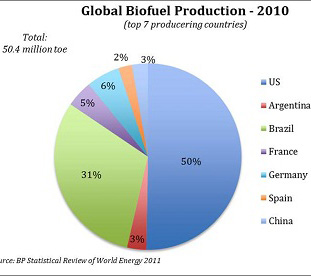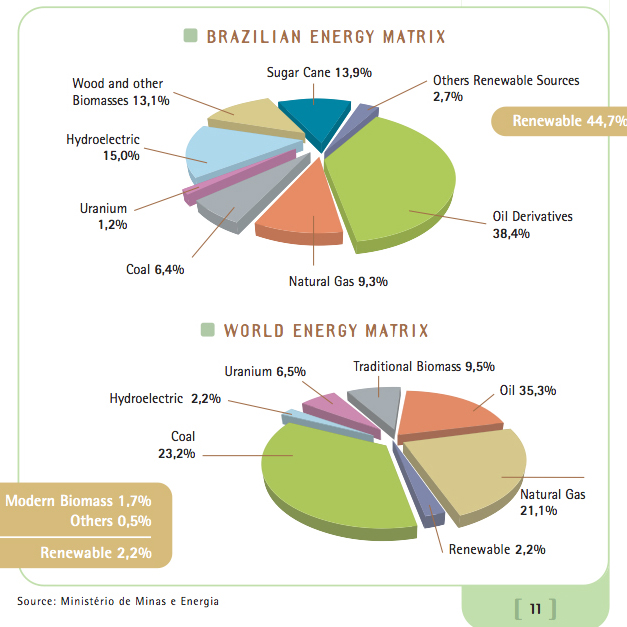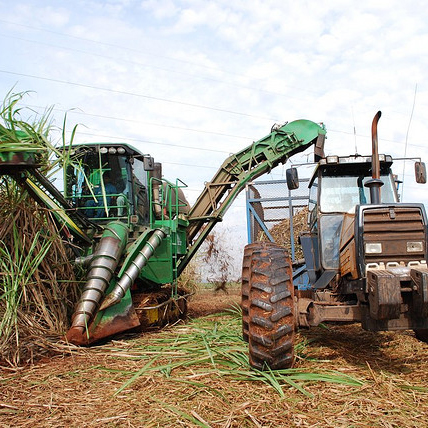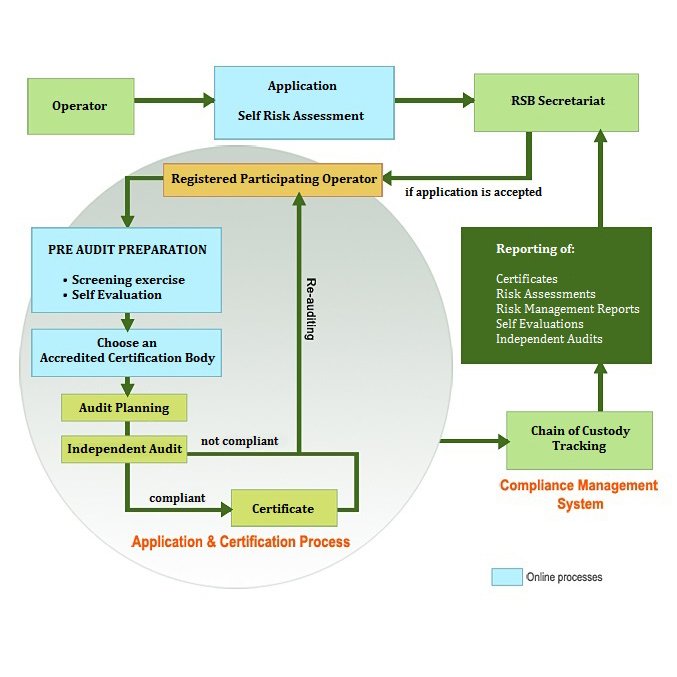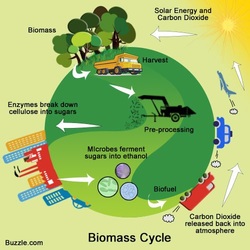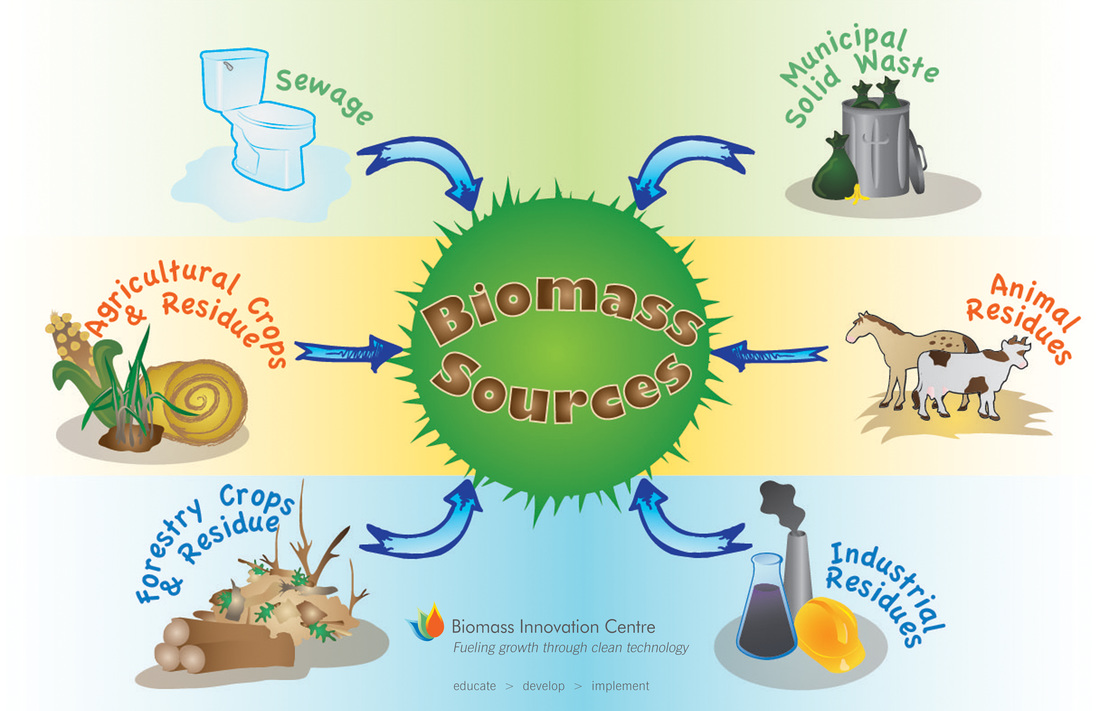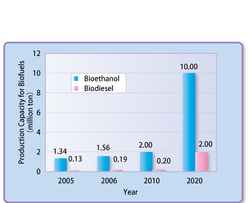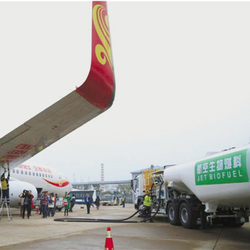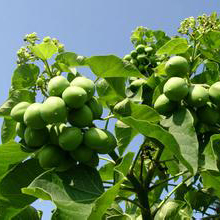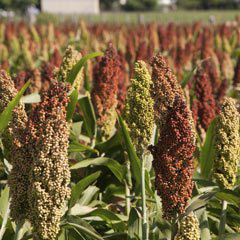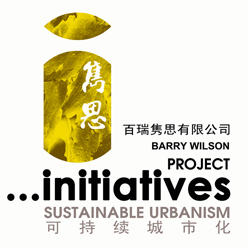barrysays China’s Hainan Airlines flight on 21st March this year completed the country's first commercial flight using biofuel recycled from waste cooking oil. China is joining the drive to find fossil fuel alternatives and this flight was one in a string of recent international take offs, demonstrating the opportunities of biofuel as a renewable fuel source. But the passage ahead appears cloudy as debate rages regarding the sustainability of biofuel production.
2015/4/08
Connected-car Technologies to Spur Radical Urban Change Related: Didi Dache Forays Into Carpooling Business 2015/3/25 Urban Agglomeration a High Risk Strategy Related: China Planning Urban Agglomerations 2015/3/10 Cities Can Breathe Again Once Cars Are Ousted Related: Former TV Anchor on Crusade against Pollution 2015/2/04 Decentralised Renewable Energy Offers New Hope to China’s Rural Communities
0 Comments
Leave a Reply. |
Powering the Skies
December 2008 - an Air New Zealand jet completes the world's first commercial aviation test flight using a biofuel blend of 50:50 jatropha and Jet A1 fuel . January 2009 - Continental Airlines use a sustainable biofuel to power a commercial aircraft for the first time in North America. The biofuel blend includes components derived from algae and jatropha plants.
GreenSky London, a biofuels plant under construction in 2014, will take in some 500,000 tonnes of municipal rubbish and change the organic component into 60,000 tonnes of jet fuel, and 40 megawatts of power. By the end of 2015, all British Airways flights from London City Airport will be fuelled by waste and rubbish discarded by London residents.
The 2009 European Union Renewable Energy Directive, requires 10% of transportation energy to be from renewable energy by 2020.
The U.S. Renewable Fuel Standard (RFS) requires at least half of the biofuel production mandated by 2022 should reduce lifecycle emissions by 50%.
The California Low Carbon Fuel Standard LCFS is a performance standard that calls for a minimum of 10% emissions reduction per unit of transport energy by 2020.
A biofuel is a fuel derived from biological materials, such as plants and animals. It can be obtained directly or indirectly from agricultural, commercial, domestic and industrial wastes.
Popular Biofuel Crops
Sugarcane
Primarily developed by Brazil to meet the world’s sugar demand, ethanol production dates back to the 1970s, as a governmental response to the 1973 oil crisis. A report commissioned by the United Nations, found that if grown and processed correctly, ethanol fuel has negative carbon emissions, actually pulling CO2 out of the atmosphere, rather than adding it.[5]
Jatropha
Used for biodiesel, Jatropha, can thrive on marginal agricultural land where many trees and crops won't grow economically. Cultivation and fruit picking by hand is labour-intensive and in rural communities can provide much-needed jobs whilst avoiding the need to import other fuels.
Pongamia
A legume native to most tropical regions is being utilised as an alternative to Jatropha for areas such as Northern Australia, where Jatropha is classed as a noxious weed.
Sweet Sorghum
Predominantly used in India, only the stalks are used for biofuel production, while the grain is saved for food or livestock feed. Easier and cheaper to grow than other biofuel crops and does not require irrigation, an important consideration in dry areas.
The Roundtable on Sustainable Biomaterials (RSB) is an international initiative based in Switzerland that brings together farmers, companies, non-governmental organizations, experts, governments, and inter-governmental agencies concerned with ensuring the sustainability of biomaterials production and processing.[9]
The RSB has developed a certification system based on its Standard involving independent third party certification bodies which are overseen by an independent accreditation body “Accreditation Services International”.
References:
[1] "Technology Roadmap, Biofuels for Transport". 2011. [2] “Managing Technological and Social Uncertainties of Innovation: The Evolution of Brazilian Energy and Agriculture” Technological Forecasting and Social Change 78 (2011): 1147-1157 [3] "Biofuels in Brazil: Lean, green and not mean". The Economist. 2008-06-26. [4] The Royal Society (2008). p. 2. [5] "Towards Sustainable Production and Use of Resources: Assessing Biofuels". United Nations Environment Programme. 2009-10-16. [6] Tarcízio Goes and Renner Marra (2008). "A Expansão da Cana-de-Açúcar e sua Sustentabilidade" (PDF) (in Portuguese). EMBRAPA. [7] Macedo et al. (2007). "A Energia da Cana-de-Açúcar – Doze estudos sobre a agroindústria da cana-de-açúcar no Brasil e a sua sustentabilidade" (in Portuguese). UNICA. [8] Roundtable for Sustainable Biofuels releases proposed standards for review Biomass Magazine, August 18, 2008. [9] http://rsb.org/ |
Services |


